These Scots Still Fish Like the Vikings
But it’s not clear whether future generations will keep the tradition alive.
When on dry land, expert fisherman John Warwick goes by his legal name. But when he’s standing chest-deep in the Solway Firth, negotiating the capricious tide, he’s known as Young Slogger. His father, Slogger, fished the firth before him, and the nickname identifies Warwick as part of a line of succession—not just a fisherman, but a haaf net fisherman, and therefore a guardian of tradition.
The Vikings were the first haaf netters. Many centuries ago, when they arrived in this narrow passage of the Irish Sea, the Nordic mariners developed a new method of fishing better suited to the local tides. Rather than cast lines from the comfort of a boat or shore, they stood in the water with a 16-foot-long beam affixed to a net and bisected by a 6.5-foot-tall pole. By digging the pole into the sand and holding the beam above water, haafers created a soccer goal-like structure that could trap unsuspecting salmon or trout riding the tide. The residents of Annan, a town in southwestern Scotland that hugs the Solway Firth, have been haafing ever since, braving quicksand and currents for the occasional catch and, more consistently, the camaraderie.
“I was brought up in a fishing family,” says Warwick. “My father haaf netted, and his father before him.”
For centuries, most people carrying the beams came from long-running fishing families like Warwick’s. Today, however, the tradition is on the verge of disappearing, with only a small and shrinking number of enthusiasts still practicing the ancient trade (and now, due to recent regulations, only for sport). As the start of the next haafing season approaches, the stakes couldn’t be higher. If the next generation doesn’t take up the mantle, says John’s cousin Allan Warwick, “the Solway will [soon] be abandoned landscape.”
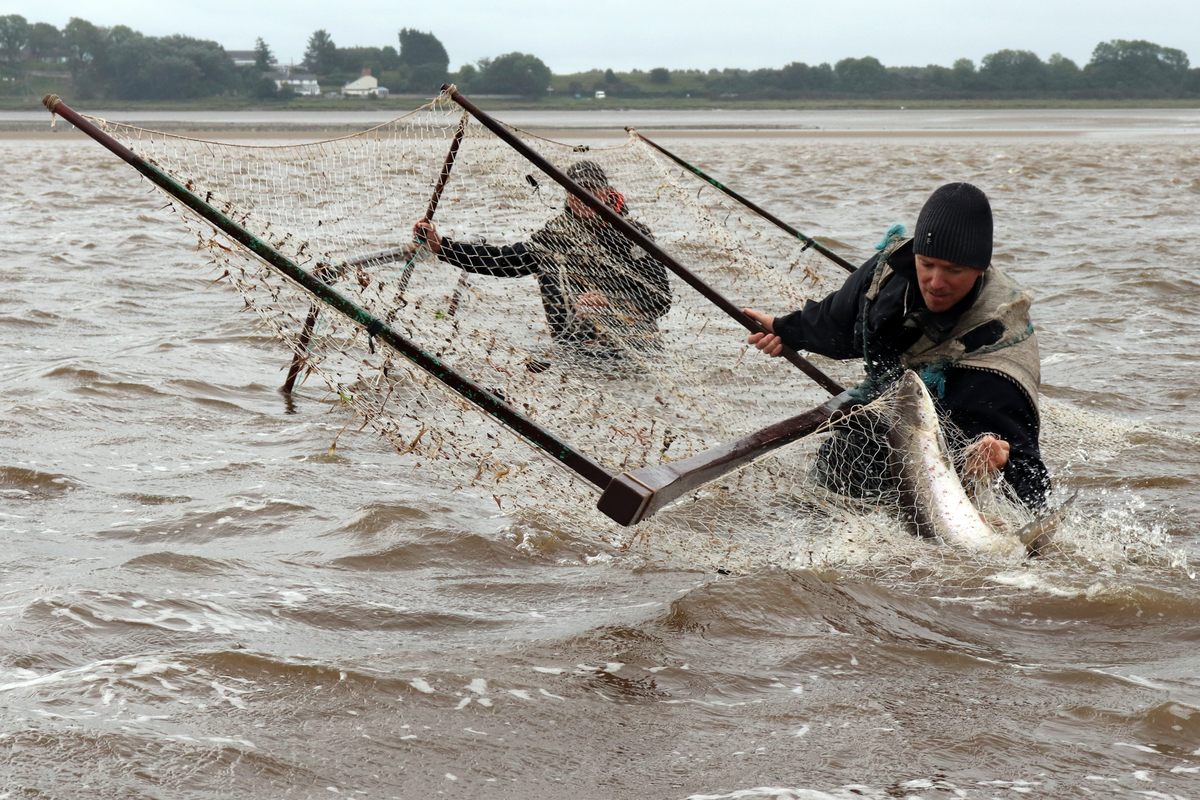
Though the Vikings decided that the erratic Solway required its own specific fishing method, no one quite knows why they landed on haafing. In truth, modern-day netters admit, it’s not particularly efficient or effective. Warwick and his peers stand upright for hours as cold water laps at their extremities and fish swim head-first into their legs from all directions. When Warwick is lucky enough to net a fish, he quickly lifts the net out of the water to secure the catch. It’s a much smaller window of opportunity than he would have while angling, when a hook can keep a fish secured. In fact, a haafer might briefly net a fish without even realizing it, if the fish glides in and out of the net without grazing the fibers.
It’s the anticipation, and the long odds, that give haafing its thrill. “The tug is the drug,” says George Renwick, who has pursued haaf netting faithfully since a colleague introduced him to the sport in 2000. You feel “a little shudder,” or “a big thing rubbing across your legs,” and all the hassle and strain are instantly submerged.

Though it can be easy to lose track of time between successive tugs and shots of adrenaline, one of haafing’s key skills is knowing when to call it a day. Sudden tidal shifts, for example, can push Renwick and Warwick into deeper water. On one of his first outings, Warwick, who doesn’t swim, had to use his beam as a flotation device as he fought his way back to the shallows. Tidal shifts can also change the texture of the sand, locking netters in place. “The sand is like goo,” says Tony Turner, and at some point “everyone’s been stuck in the mud.” (Twice, if you’re George Renwick.)
But the allure of haaf netting extends beyond the physical challenge. Allan Warwick describes the Solway Firth as a setting both epic and ethereal, populated by seals and porpoises and glistening from resplendent sunrises and sunsets. He’s seen deer swim across the border—from the Scottish side to the English side of the firth—as if he were inside a children’s storybook. The sights and sounds all conjure the haaf nets’ long history and what Warwick calls “the link to the past,” which, above all else, compels him to remain an active netter. The word “haaf” means “channel” or “sea” in Old Norse, and legend suggests that the beams are 16 feet long because the Vikings’ oars were as well. A boulder known as the “Altar Stone” digs into the shallow sands, where it’s been used as a place-marker and reference point since the medieval era.
“I missed the chance to fish with my dad,” says Warwick, whose father (a haafer nicknamed “Fad”) passed away when Allan was young. But both of their names are now etched into the Altar Stone, the same one viewed by the Vikings.

For centuries, haaf netting’s significance has been primarily symbolic, tied not only to the Vikings, but to Scottish nationalism. Because of its proximity to England, Annan has been revered as a kind of bulwark against “our ancient enemies,” as King James V of Scotland called his southern neighbors in a 1538 charter. That charter granted “the citizens of the Burgh of Annan the right to fish the river and the Solway” as thanks for their sacrifices in military struggles against the English. (There is, in fact, a similar and shrinking haaf netting tradition on the English side of the Solway as well.) Those rights were renewed in a 1612 charter, granted by James VI. For John Warwick, there is a particular irony in watching haaf netting decline at this moment, with the Scottish independence movement reenergized by a major 2014 referendum and again by Brexit.

A bevy of recent challenges has made it difficult to sustain the proud tradition. Citing environmental concerns, the Scottish government now restricts haafers to catch-and-release fishing, which deters some of the less committed fishermen. Those who’ve carried on acknowledge that the Solway is different now, with new arrivals such as bass and mullet replacing herring and cucumber fish—a development they blame on fish farms.
Other obstacles are generational. In an increasingly globalized world, fewer people born in Annan, or other towns like it, feel compelled to stay. John Warwick cites his son, who lives in Spain and “works with computers,” as an example. A new exhibit at the local Devil’s Porridge Museum aims to document and publicize the tradition, and Warwick is planning some outreach programs for younger people once fishing season begins in May. But he knows he’s fighting the tide. Haafing came from the Vikings, but it’s a “living tradition,” says Warwick. It’s not meant to be remembered “just as something that happened in the past.”
You can join the conversation about this and other stories in the Atlas Obscura Community Forums.
Gastro Obscura covers the world’s most wondrous food and drink.
Sign up for our email, delivered twice a week.







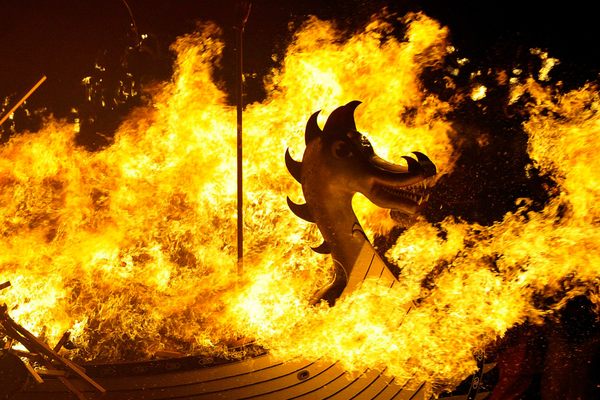

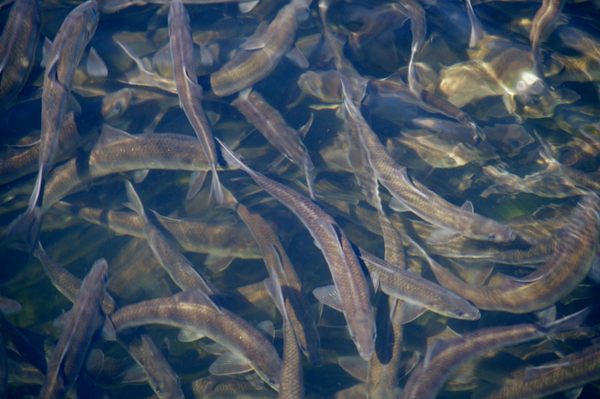










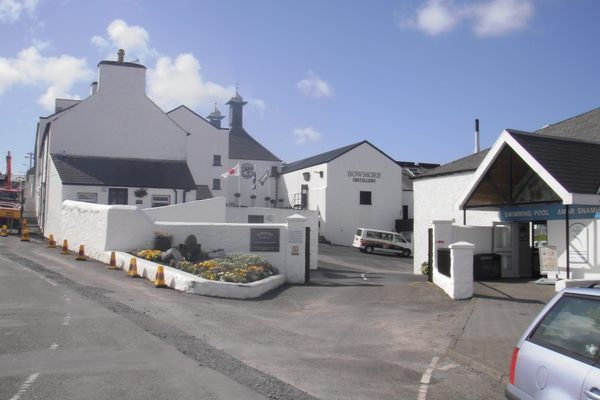


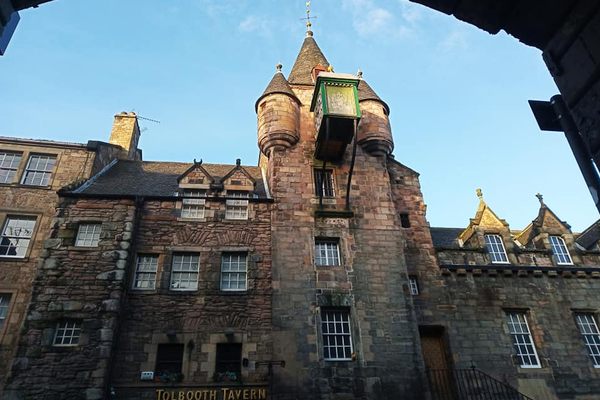




Follow us on Twitter to get the latest on the world's hidden wonders.
Like us on Facebook to get the latest on the world's hidden wonders.
Follow us on Twitter Like us on Facebook